Although the hunt for weapons of mass destruction in Iraq has thus far proved a frustrating enterprise for inspectors, there remains no doubt that such weapons were once in the hands of Saddam Hussein and his lieutenants.
The use of gas against the ethnic Kurds in the northern part of Iraq and against the Iranian enemy during the eight-year war fought by the neighboring countries in the 1980s are ample evidence. Based upon the documented use of chemical weapons to commit horrendous
atrocities against an unarmed civilian population and on the battlefield, it is no quantum leap to the deduction that Saddam would possibly unleash even more devastating weapons of mass destruction—biological, chemical, or even nuclear—on the world.
This fact alone appears reason enough for the brutal dictator’s removal. Another dictator, to whom many parallels have been drawn, had chemical weapons at his disposal. Adolf Hitler possessed stockpiles of toxic gas that could have been employed against American and British forces in the West or the advancing Red Army in the East.
Hitler did, in fact, use gas against incarcerated Jews and political prisoners as well as other minorities. Initially, mobile killing trucks suffocated captives with carbon monoxide. Later, an efficient killing apparatus was designed with the use of Zyklon-B, a poison that remained in tablet form until it came in contact with air and turned into a deadly gas.
In his book Nuremberg: Infamy on Trial, author Joseph Persico relates that war crimes prosecutor Robert H. Jackson questioned Reich Minister of Armaments Albert Speer about the possession of chemical weapons by the Nazis. “He asked Speer about the production of poison gas,” wrote Persico. “Yes, Speer explained, three factories had been working on a gas of extraordinary lethality, but when he learned Hitler might actually use it, Speer claimed, he ordered production stopped.”
It should be noted that Speer was, at the time of the questioning, on trial for his life. However, if Hitler had such a chemical weapon at his disposal, would he have used it? The answer is virtually the same as with the advent of a Nazi atomic bomb. Probably.
Perhaps Hitler, himself a victim of a gas attack on the Western Front during World War I, remembered the horror of inhaling such an agent, as well as its burning of the eyes and skin. Whatever his reasons, Hitler did not use poison gas on the battlefield even though he possessed such a weapon.
A recent Reuters News Agency report relates that 60 years after the end of World War II, Hitler’s cache of chemical weapons is inflicting damage. Over time, corrosion, trawlers extending their nets ever deeper into the Baltic Sea and the Atlantic Ocean, and the installation of pipelines and cables underwater have disturbed these agents, which were dumped at the end of the war.
Reuters says that a Danish fisherman remembers an encounter with a long-dormant weapon. “It was terrifying. The pain was unbearable and my hands blistered all over,” said Danish fisherman Walther Holm Thorsen, who was 15 when he threw a cracked gray canister back into the Baltic Sea after it was snared in his trawler’s net. One of the first postwar victims of the Nazis in the 1969 accident, he said the pain came in the middle of the night, hours after he and another crew member had rinsed the oily substance off the fish. They had no idea it was mustard gas.
Norwegian officials have noted the locations of 15 out of a probable 36 ships that were scuttled off their coast in 1945 in 1,970 feet of water near the town of Arendal. They estimate that 168,000 tons of conventional ammunition and chemical weapons were dumped during the war’s final days.
Another lesson of history has been learned. It is now being applied in Iraq. While Hitler’s use of chemical weapons was limited, the same might not have been said of Saddam Hussein. n
Michael E. Haskew
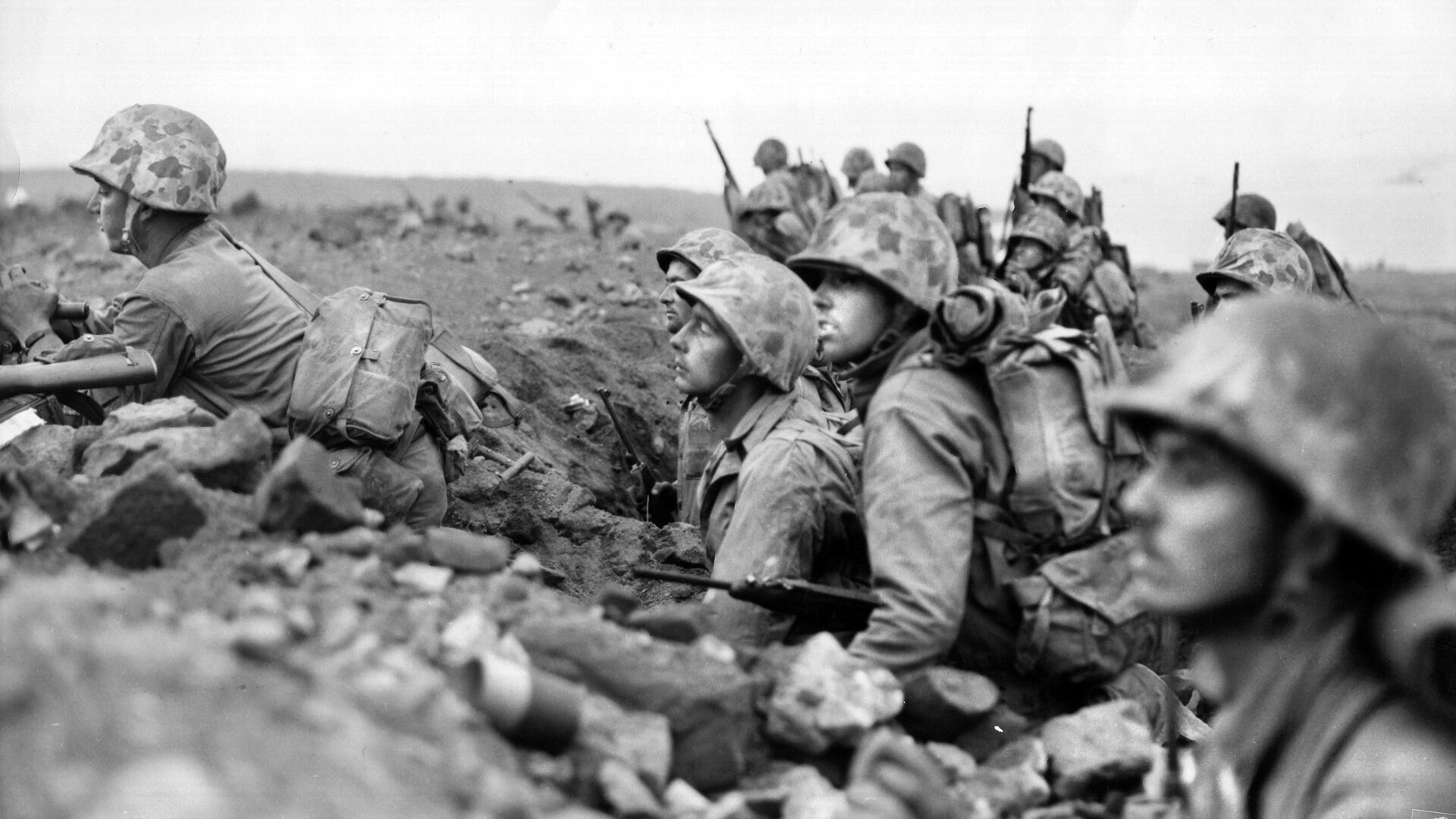
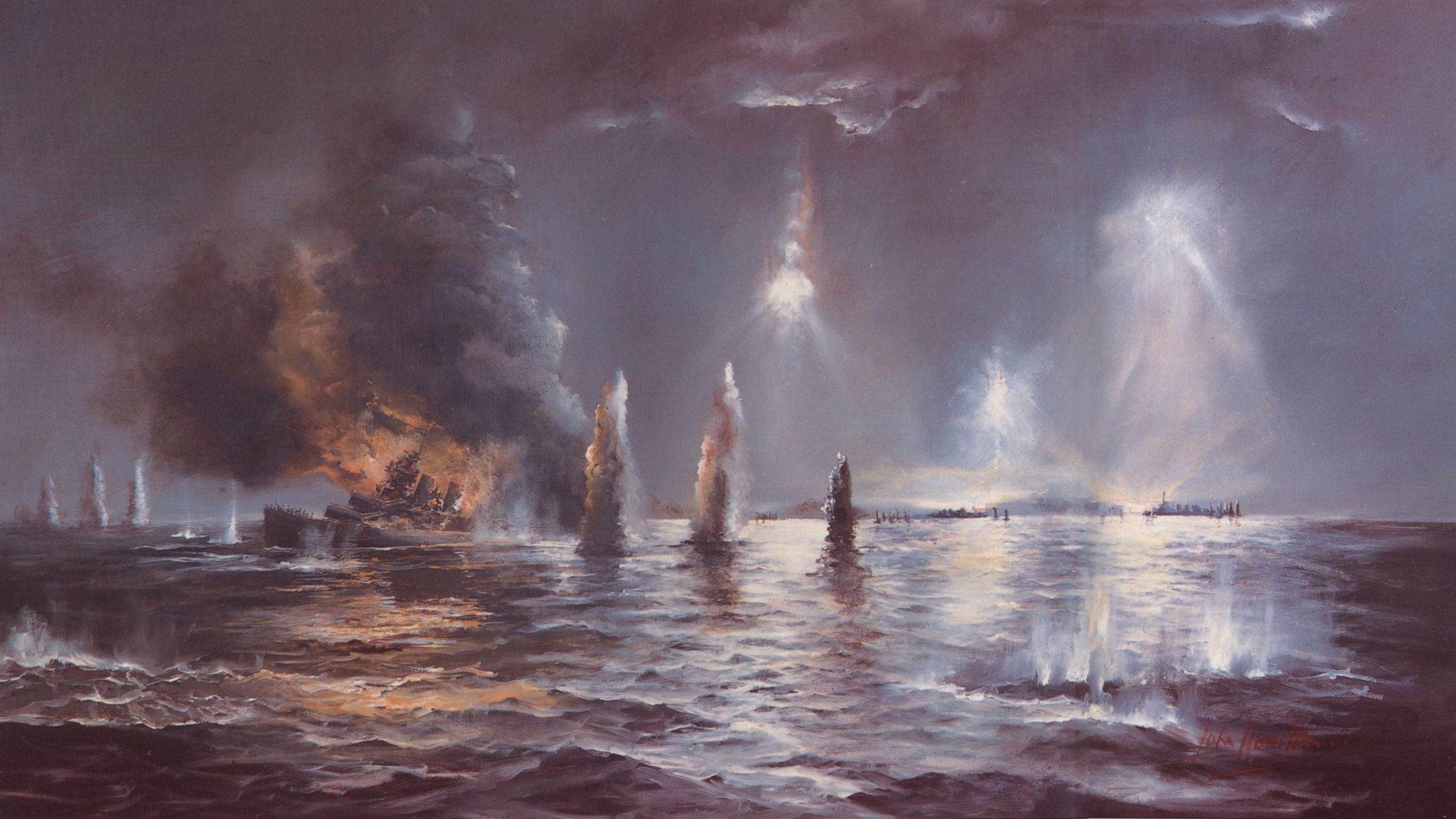
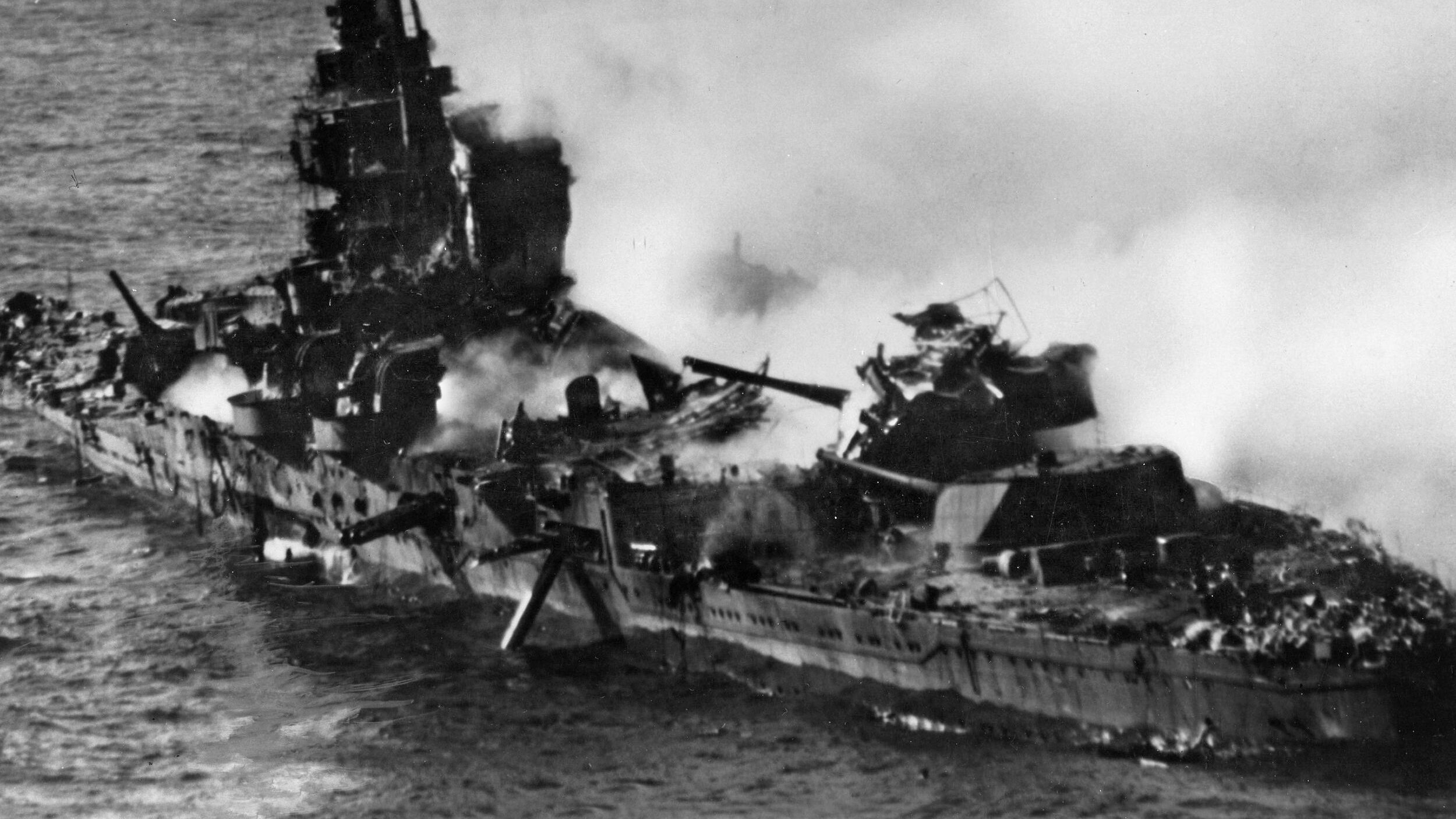
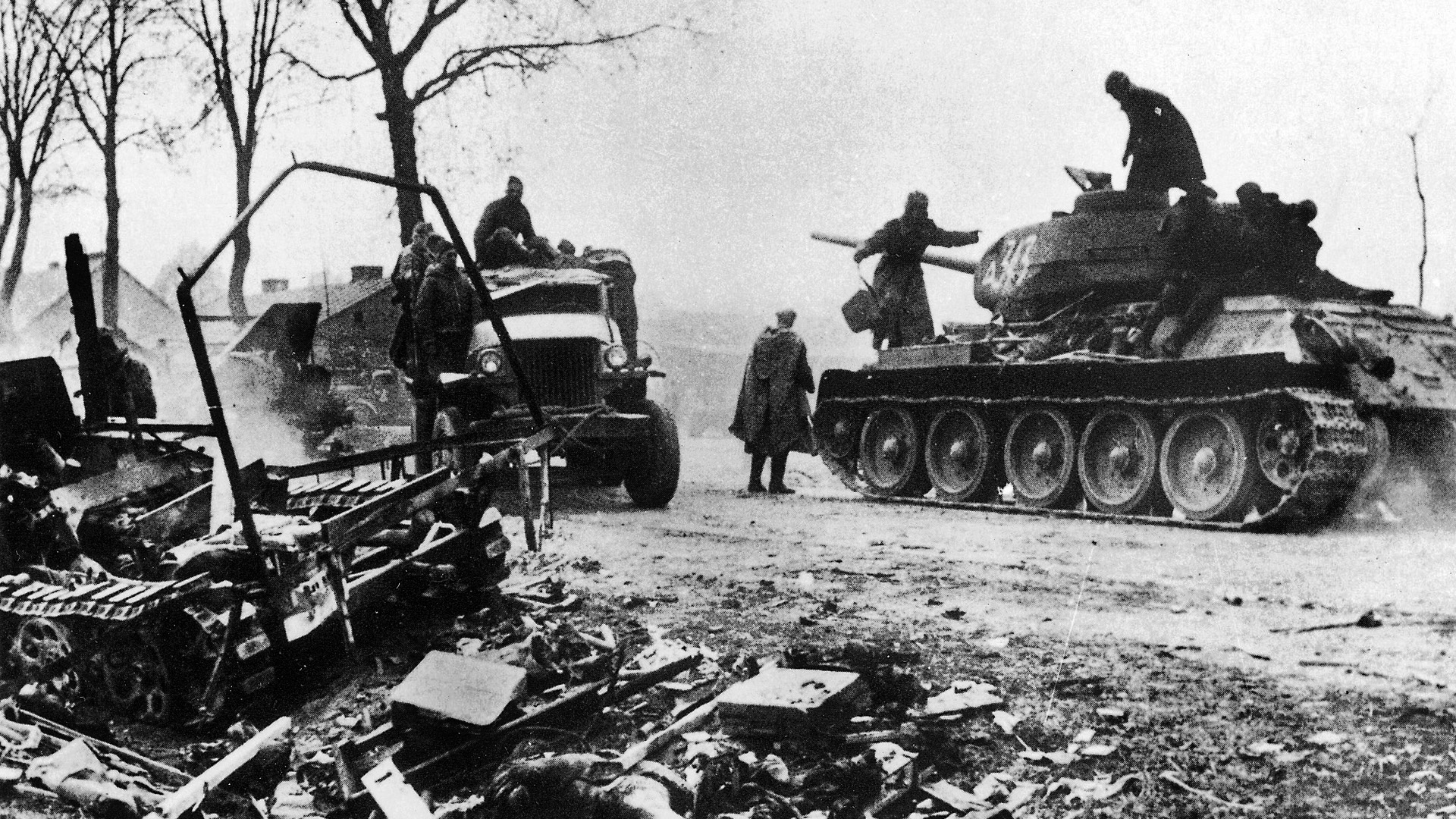
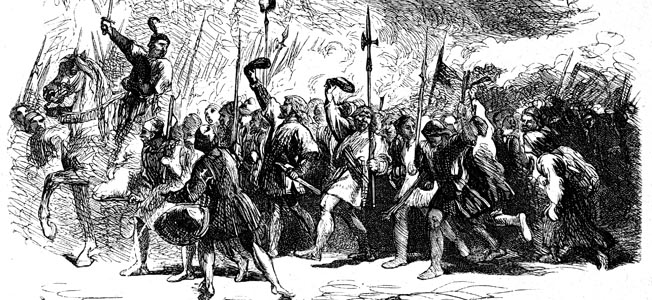
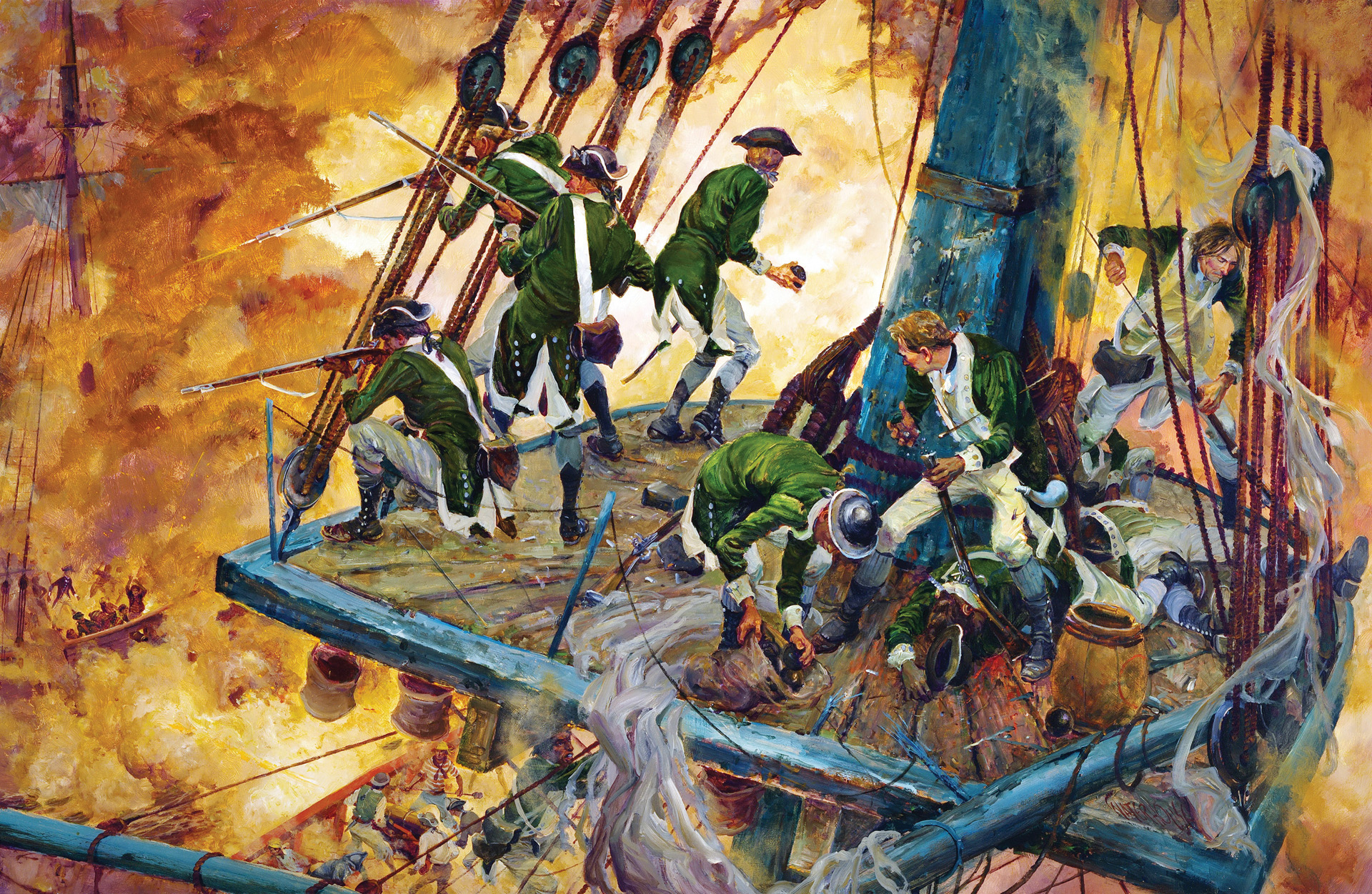
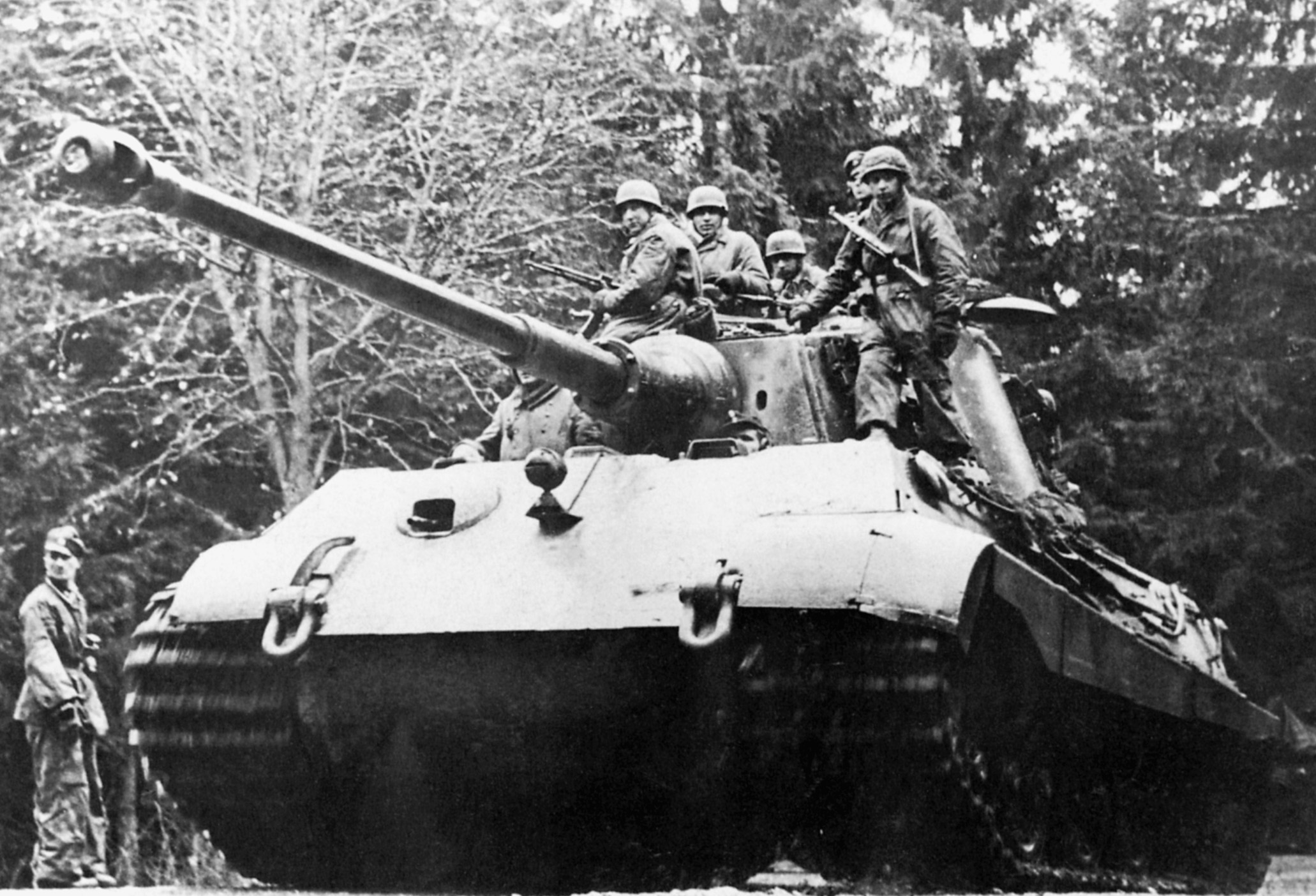

Join The Conversation
Comments
View All Comments